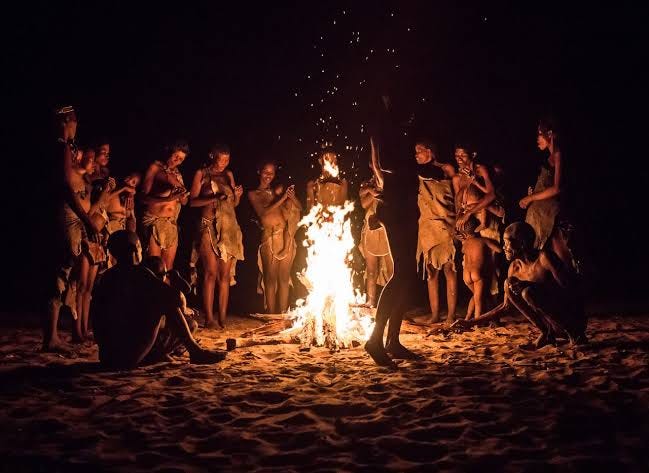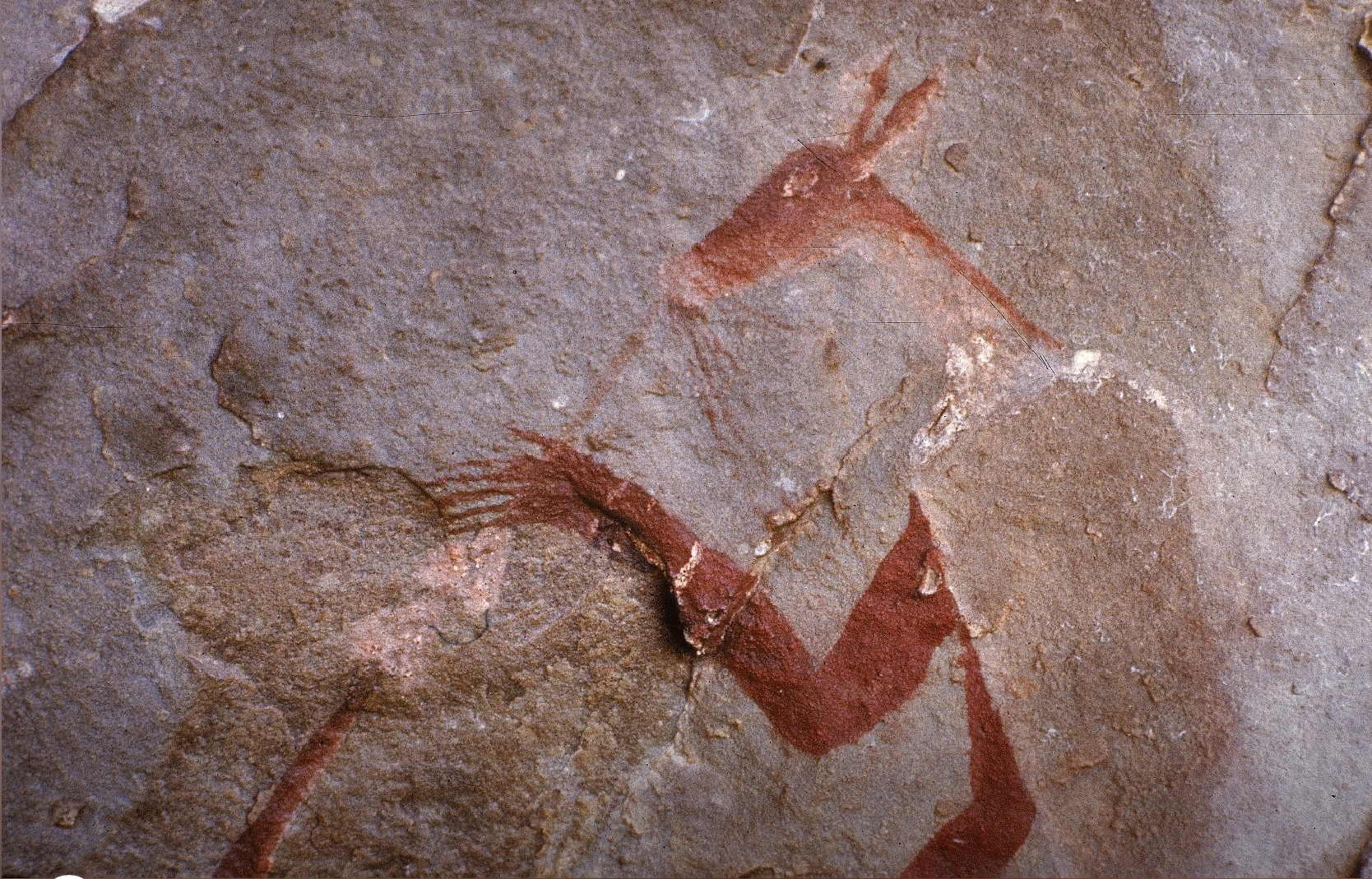We are embarking on a captivating journey through time to explore the rich tapestry of traditional African tribes that have managed to preserve their customs amidst modernization. In this series we unravel the secrets behind intriguing rituals, mesmerizing dances, and age-old practices that have endured for generations. Discover the significance behind the colorful attire, intricate body art, and enchanting music that form an integral part of these ancient ceremonies.
Through stunning visuals and expert insights, we shed light on the profound connection these tribes have with nature, ancestors, and spirituality. You’ll be amazed by the resilience and cultural pride that pervades every ritual, reinforcing the importance of preserving our diverse heritage. Let’s dive deep into the fascinating world of ancient African rituals with the trance dance of the San people.
The trance dance, which is still practiced by San communities in the Kalahari region, is an indigenous ritual by which a state of altered consciousness is achieved through rhythmic dancing and hyperventilation. It is used for healing sickness in individuals and healing negative aspects of the community. The trance dance experiences of San shaman are believed to be recorded by southern African rock art.
The San people of Botswana and Namibia were formerly known as Bushmen are descended from some of the oldest surviving lineages of modern humans. Their traditions and way of life may have been preserved from ancient times. Today, many have been displaced from their native lands in the name of conservation, and they may be unable to practice their traditional hunter-gatherer lifestyle.
The trance dance is a healing dance for individuals and the community. It is their most prominent religious practice, according to some sources. It can take several forms. Many adults, both men, and women become healers in San communities. The women sit in a circle or a group, and they then become the center around which the men dance. And they control the dance and what goes on with the men through their own singing and beating of the thighs. They sing medicine songs that they learn from their youth. The ritual continues all night long. According to the great mythologist and storyteller Joseph Campbell the woman controls the dance because “the woman is life, and the man is the servant of life, and during the course of this circling, circling, it’s a very tense style of movement the men have, suddenly one of them will pass out. He’s in trance now.” The healers dance in counterpoint to the rhythm in single file. They may wear rattles attached to their legs. They dance themselves into an altered state, which often includes feeling a great deal of pain. They may scream in pain during the dance.
Once an altered state is induced, the brain begins to generate its own imagery. During the final stages of an altered state, people experience complex physical sensations, such as the sensation of extra digits (polymelia), dissolving of limbs, or a feeling of transformation into animal form (therianthropy). Upon entering the altered consciousness through the dance, the shamans feel healing energy awaken in them, and they are careful to channel it to those who need healing. They do this by touching those who have sickness, sometimes generally on their torso, but also on body parts that are affected by the illness. This can take the form of the healer drawing the illness out of the person and then yelling to eject it into the air. The trance dance can also be used to draw away community ills such as anger and disputes. In other variations, drums may be used, and offerings may be hung from nearby trees. The trance dance also depicts rain dances. Since there are many strange creatures inhabiting the spirit world and one of the most fearsome being the rain-animal; in times of drought, a shaman or healer must visit the spirit world to lure the ferocious rain-animal out. Once caught, the animal is guided into the real world, where it is taken to the place where rain is needed. The shaman will then kill or wound the rain animal and the animal’s blood and milk becomes rain. Rain animals are the combination of non-real and real creatures and sometimes they take the form of a snake with antelope heads or heads on their body, other times a rhinoceros or a hippo.
Here’s is a more interesting description of the experience by Joseph Campbell. “When people sing. I dance. I enter the earth. I go in at a place like a place where people drink water. I travel a long way, very far. When I emerge, I am already climbing. I’m climbing threads. I climb one and leave it, then I climb another one. Then I leave it, and I climb another. When you arrive at God’s place, you make yourself small. You come in small to God’s place. You do what you have to do there. Then you return to where everyone is. You come and come and come and finally you enter your body again. All the people who have stayed behind are waiting for you. They fear you. You enter, enter the earth, and you return to enter the skin of your body. And you say A-a-i-i-e-e That is the sound of your return to your body. Then you begin to sing. The ntum-masters are there around. They take hold of your head and blow about the sides of your face. This is how you manage to be alive again. Friends, if they don’t do that to you, you die. You just die and are dead. Friends, this is what it does, this untum that I do, this untum here that I dance.”
Watch an actual trance dance of the San people on Ep. 3: Joseph Campbell and the Power of Myth — ‘The First Storytellers’ with Bill Moyers on the PBS series, The Power of Myth.
Looking for more inspiration?: Visit our African Homecoming page — a page dedicated to African history, Africans great civilizations, people, places, history, cultures and traditions and uncover the untold stories of the diverse and vast African continent. Encompassing a wide range of experiences and activities. We’re always here to take the guess-work out of your travel experiences to Africa – experiences that shift perspectives and fuel imagination.






